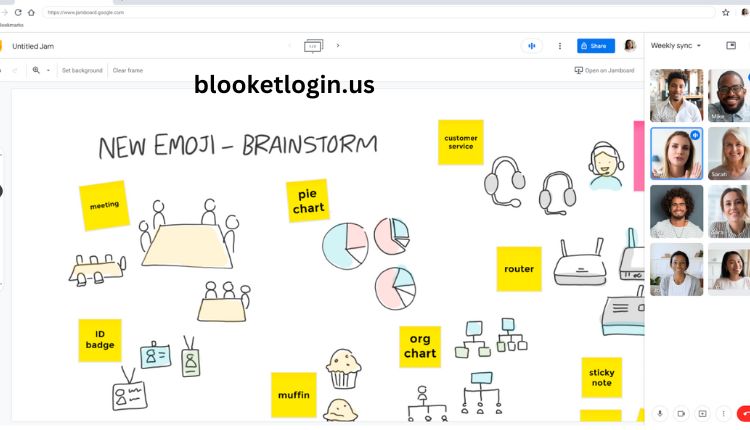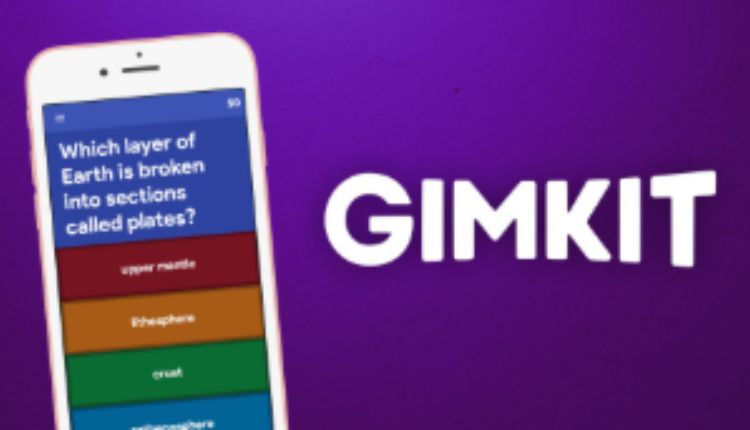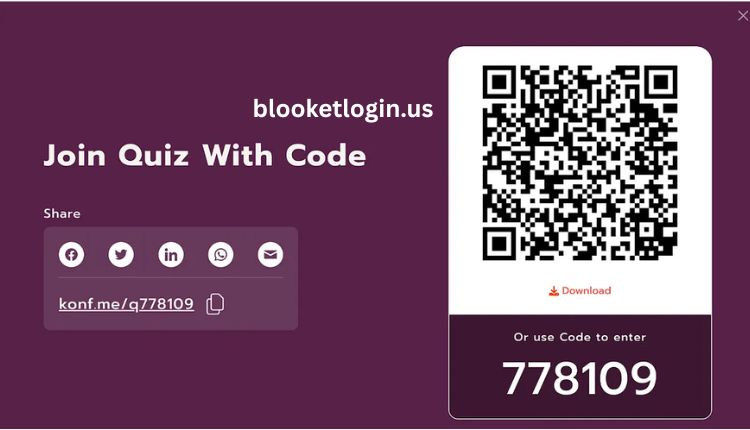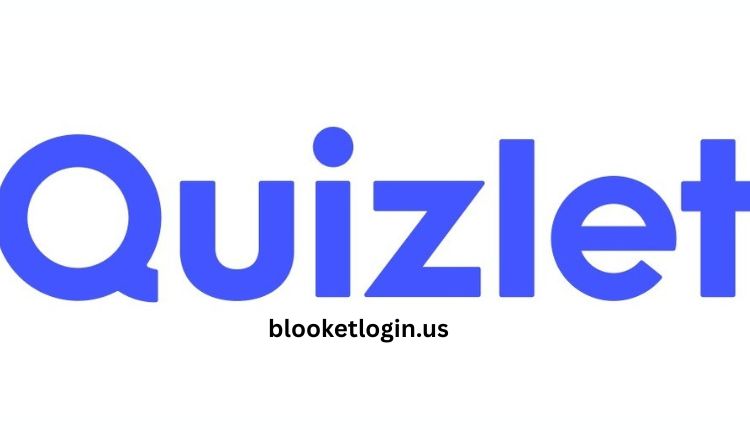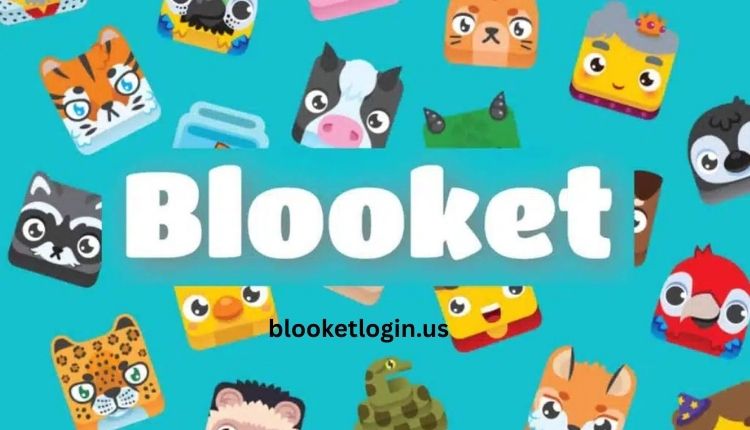With remote work, digital classrooms and globally distributed teams here to stay, we have needed new tools that create real-time, collaborative environments. One of those innovative tools is Google Jamboard. In an era when so many people are worthily using tools like — anyone? — Microsoft Whiteboard to organize their thoughts and connect ideas spread across distances. The promotion of its seamless integration with the Google Workspace ecosystem and its easy to use, user-friendly interface has made it popular amongst educators, business professionals, and creative teams, alike.
What is Google Jamboard?
Google Jamboard is a cloud-based digital interactive whiteboard developed by Google to work with Google Workspace that allows for collaborative thought and real-time idea sharing. Jamboard was actually released as both hardware and software initially, it is a physical interactive display, but it also has a web and mobile app version and can be used independently. Users can write and draw, insert sticky notes, add images, and pull right from the web or Google Drive to build dynamic visual presentations.
The hardware version is a premium, high-end touch screen device that can give users a premium experience while the web and mobile versions of Google Drive are ubiquitous and free to use with a Google account. In any physical or remote environment, Jamboard allows users to engage with content visually and interactively.
Features and Capabilities Google Jamboard
With its suite of features, Google Jamboard is flexible enough to accommodate creativity and automate collaboration. Users can write using digital pens, erase content, and use laser pointers, and move objects around the board with ease. The sticky note function, for example, allows team members to quickly jot down ideas or comments, and the image insert feature allows users to upload content from their device or online.
A second great feature is the integration with Google Workspace. Users can import Google Docs, Slides, and Sheets documents, annotate them right on the board, and export completed “jams” either as PDFs or image files. If ever you click out for more than a second or two, your cloud storage automatically saves your progress so that no idea is lost and you can continue to collaborate between sessions.
Importantly, multiple individuals can edit a jam in real-time, no matter where they are located. That real-time editing turns it into a great tool for brainstorming sessions, project planning, interactive teaching, and virtual workshops.
Google Jamboard in Education
Worldwide, educators have discovered Google Jamboard’s potential as a tool to improve interactive learning. Teachers use it as a visual way to explain concepts, to solicit students’ participation and to capture students’ attention. For example, if a math teacher wants to go over a complicated equation, they can use Jamboard to show the step-by-step process, while students fill in their own problem-solving methods in real time.
With Jamboard, text exploration, story mapping, or brainstorming essay topics in language arts are collaborative opportunities. Science teachers can annotate diagrams, conduct virtual labs or classify elements in text interactive. Its visual nature and ease of use provides it with significant efficacy and is especially effective in younger students and special education classrooms, where visual frameworks and tactile manipulation acts have to be demonstrated.
Jamboard is also supportive of differentiated instruction. Teachers can also create differentiated jams for students with varying learning abilities and bunch students into breakout activities where they have separate boards. The flexibility in learning aids inclusive education which empowers every student to actively participate in his or her own learning process.
The Business Application of Google Jamboard
Google Jamboard is a great tool used across corporate organisations for remote teams and agile work. Jamboard can be utilized by businesses for brainstorming, strategic planning, project mapping and team building exercises. Its interactive functionalities enable participants to collectively visualize ideas and nurture creativity and innovation.
There are project managers who use Jamboard for defining workflows, assigning responsibilities, and tracking deliverables. During meetings, it can be used as a virtual canvas for mind mapping, SWOT analysis, or customer journey mapping. Thanks to this cloud-based way of working, remote teammates can all contribute at the same time, with time zones and physical locations no longer at play.
Jamboard for Marketing Teams — Marketing teams can use Jamboard for, campaign planning, mood boarding, or content calendar development. Sales teams might rely on it for pitch presentations or interactive client workshops. This versatile tool is easily applicable to nearly every department or workflow.
And since it’s integrated with other Google tools, businesses can directly link meeting agendas, spreadsheets, and presentations to the jam, creating a cohesive collaborative environment.
This page was used for some creative uses of Google Jamboard
Despite its roots in more professional and academic environments, Jamboard has a proven track record of being deployed in more imaginative ways. It is used to digitally sketch and develop concepts and mood boards by artists and designers. Musicians and producers might draft song structures, draft lyrics or pitch out collaborative album ideas. Jamboard provides authors with joke and punchline structures, character development breakdowns, and scene breakdowns for a book or screenplay.
For community and nonprofit organizations, Jamboard can be used in team-building exercises, volunteer coordination, and brainstorming outreach strategies. Workshop facilitators and life coaches use it to map out sessions, chart how groups respond to prompts and visualize participant input.
Even families and friend groups have discovered inventive applications — organizing get-togethers, constructing digital scrapbooks or maintaining shared tasks visually. The visual and simple nature of its interface makes it very user-friendly, even for users with minimal computer skills.
Benefits of Google Jamboard
Jamboard has one of the most prominent advantages as it is accessibility. It is a free tool accessible through web and mobile apps, making it an affordable(Free) option for effective collaboration. Its intuitive interface allows users to start working with little to no training needed, so it’s perfect for all skill levels.
Moreover, it has real-time collaboration which allows the teams to work with anyone located anywhere. And unlike a traditional whiteboard that gets wiped off with each session, Jamboards can be saved, shared and referred back to. This persistent workspace is exceptionally suitable for ongoing projects and lessons.
Another great advantage is the integration with Google Workspace. It integrates directly with tools that many users already use, every day, like Google Drive, Docs, Sheets, and Meet. Bringing in and marking up documents from these services brings more depth and context into collaboration sessions.
Finally, Jamboard inspires creativity and out-of-the-box thinking. Its visual, interactive space encourages experimentation and idea-sharing that rarely occurs in documents or spreadsheets. This type of dynamic thinking is priceless in educational settings and in the workplace.
Limitations and Challenges Google Jamboard
Google Jamboard is an awesome tool, but it does have a few limitations. The most important consideration is for those interested in the physical Jamboard device. Hardware cost can be prohibitively high for small organizations or schools.
In terms of software: Jamboard does fine for light collaboration and idea mapping but falls short on more advanced features inherent to single-purpose applications like data analysis or document formatting. Users may feel its drawing tools are slightly lacking when compared to anything geared toward graphic design, or that its organizational structure is less robust than Miro or similar apps like Lucidchart.
Network dependency is another challenge. Because Jamboard is cloud-based, it doesn’t work well without a good internet connection. Offline access is restricted, a drawback in places with expensive or poor connectivity.
Overall, notwithstanding these drawbacks, for most people, the pros of Jamboard outweigh the cons. Particularly in conjunction with other tools in a collaborative environment.
How Electric Vehicles Are Changing Google Jamboard
Google Jamboard is here to stay. Hybrid work and digital learning are now permanent fixtures in our lives. Future iterations may incorporate more advanced illustrations, AI features, more comprehensive analytics, and improved compatibility. As the Google Workspace environment continues to grow, it is clear Jamboard will remain core to this ecosystem.
The rising demand for visual, intuitive collaboration tools marks a wakeup call in how we think, share ideas, and tackle issues. It doesn’t matter whether you are a teacher developing our future. A manager of a global team or a creator sketching. The next billion dollar idea, tools like Google Jamboard allow you to make all of this a reality.
What’s Next?
Google Jamboard is much more than an online whiteboard. It signifies a move to further interactive, cloud-based collaboration that transcends borders of location, time, and technology. With its simplicity, flexibility, and real-time collaboration, it has a home in classrooms, boardrooms, and creative studios everywhere. As we move toward a more connected and digital world. Tools such as Jamboard, won’t just enable our work— they will define how we think, share, and grow together.

